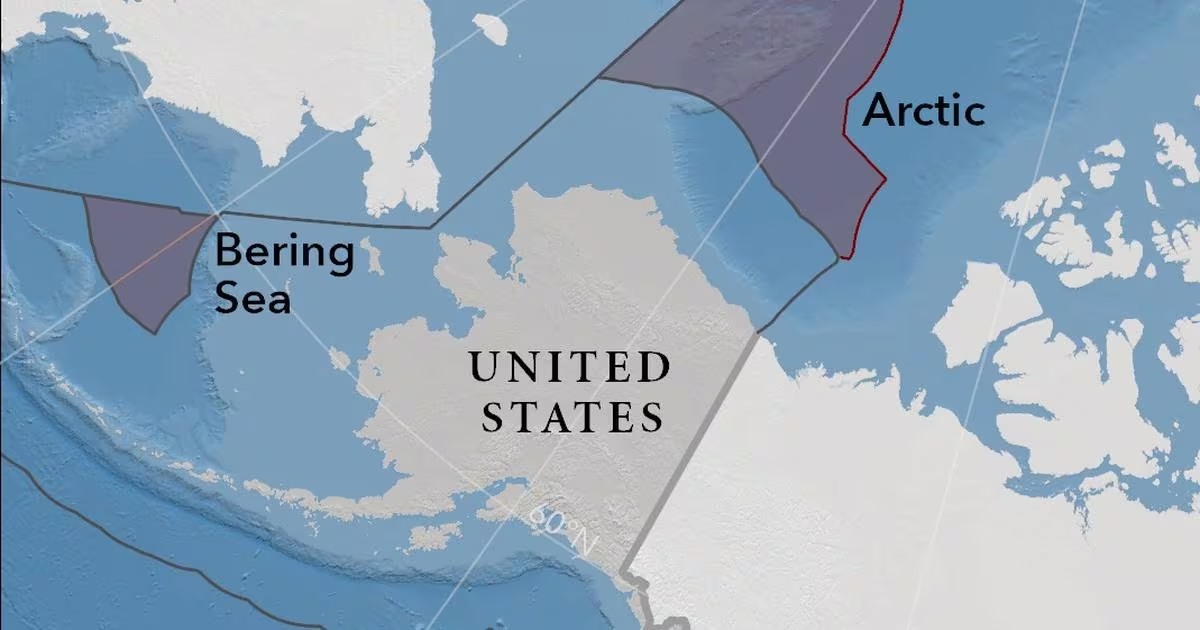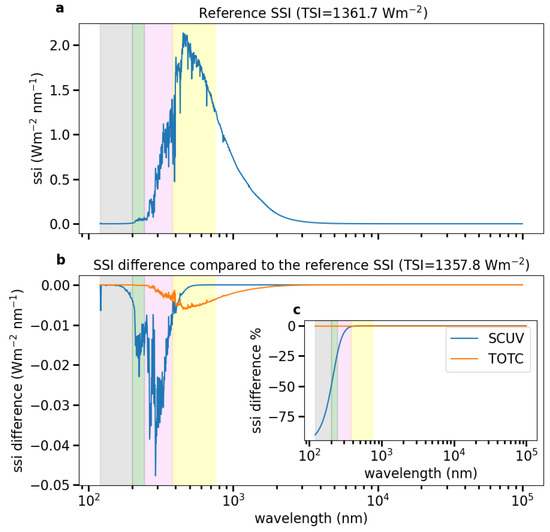CannaZen
Well-known member
hotter, colder, hotter, colder. seems to just be moving faster. we can agree on that. friction causes heat? could be the core of the planet but cars and combustion/exhaust. but that, the core, i realized the core of earth could be said to be an core of the sun in terms of geomagnetism (i think?)
Last edited:



 Applied Water Science
Applied Water Science 



